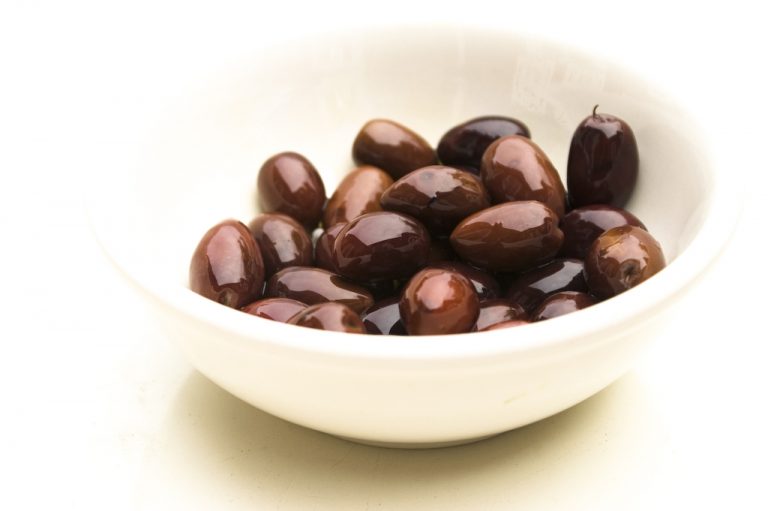Plaka is to Athens what Covent Garden is to London, what the Latin Quarter, or rather, Montmartre, is to Paris. Plaka for the Athenians is the quarter of the gods.
Plaka, sited at the foot of the rock of the Acropolis, was from ancient times the center of Athens.
At every step, in every alleyway, at every turn there is a fresh surprise: churches, ancient remains, neoclassical buildings, Frankish houses, with the life of present-day Athens, of Plaka, weaving in and out of all this. Here the visitor is charmed by local color and the picturesque.
Plaka is unique, alive with color. Plaka is full of taverns, coffee shops, nightclubs, cafeterias, squares, trees, columns, churches, tourists, barrel-organs. Plaka holds you in its spell for hours on end, for whole days. You don’t go up to the Acropolis. And you encounter the shops of Plaka at every step – its innumerable shops. For your souvenirs there are handicrafts carpets, furs, goldware, silverware – this is the artists’ quarter.
Lycabettus Hill
On the summit of the cone-shaped hill stands the chapel of St. George. The climb to the top of Lycabettus can be made on foot or by cable car. Once there the view Is rewarding. Refreshments and meals are served at the hilltop snack bar and restaurant.
Some of the 19th-century buildings In central Athens were designed by Bavarian architects during the reign of King Othon. Of these structures, along Stadiou Street, the best known are the Greek Academy, the University Building, and the National Library. All three are in the neoclassical style.
Syntagma Square is the heart of modern Athens. Around it is luxurious hotels, offices, and rows of open-air coffee. The House of Parliament ( once the Royal Palace ) and the Monument of the Unknown Soldier are situated above the square.
Athens Stadium was completely rebuilt for the first modern Olympic Games In 1896. It stands on the site of the ancient stadium built in 330 B.C. Its track measures 2-4 meters by 33.50 meters. It can accommodate some 60,000 people.
The Temple of Hephaestus, better known – by mistake – as “Thiseio”, overlooks the ancient Agora. It is the best preserved of all Greek temples.
.

